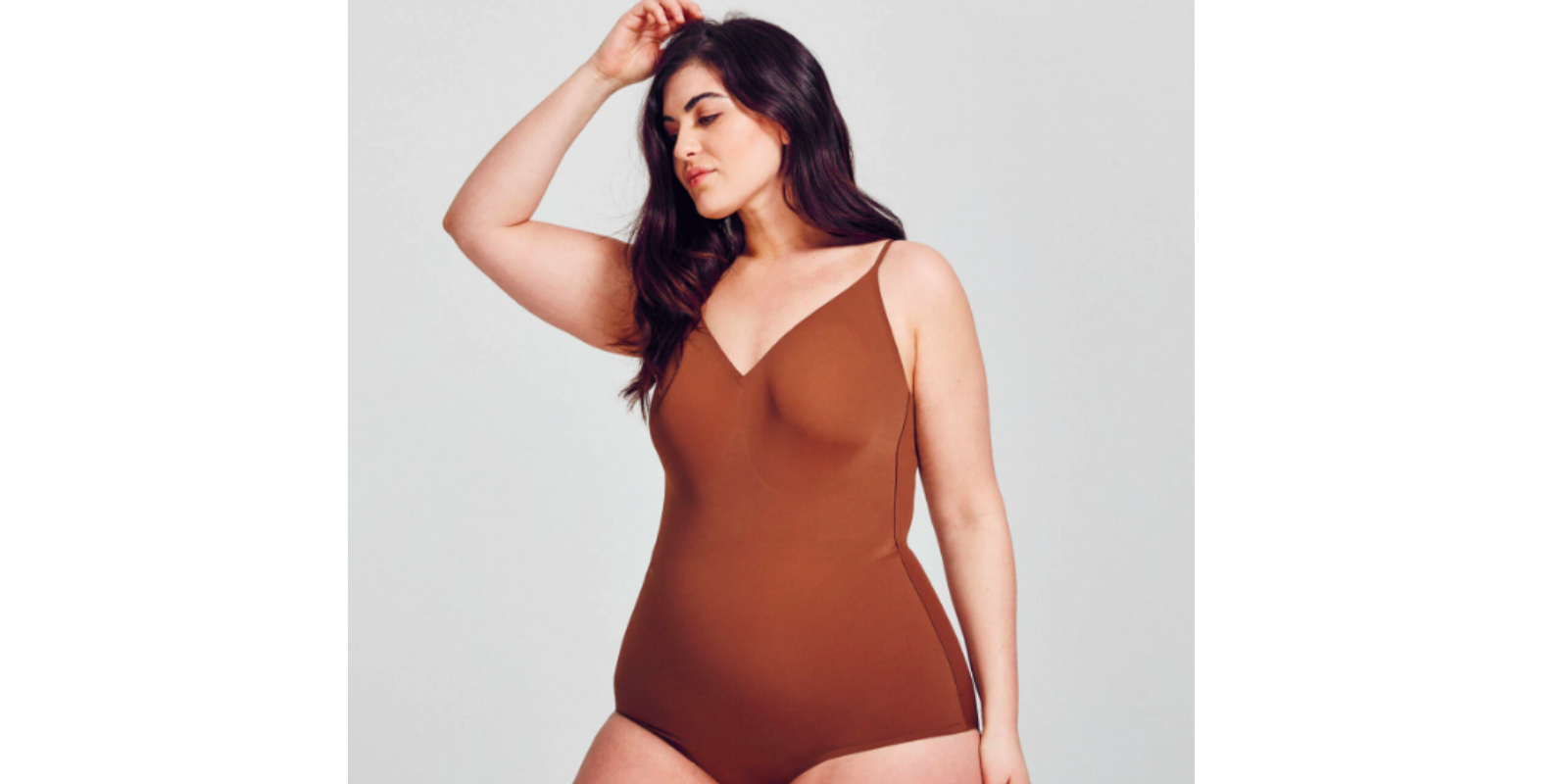How to pick the right shapewear for you
Wondering how to pick the right shapewear for your body type? Our guide covers fit, compression and design


We know, working out how to pick the right shapewear can seem like an arduous task. But finding the best shapewear boils down to just three considerations: size, control and section.
Ask any woman her opinion on shapewear and chances are that rather than describing details of today’s most innovative controlwear products, she’ll conjure up images of ‘tortuous squeezing’ and a ‘sausage casing’ feel.
And understandably so; for many this is based on their experiences with the shapewear of the past – the kind that was marketed as a “solution to your problem areas”, which was designed to restrict, compress and control curves. It likely refers to shapewear that was created for the era of bodycon dresses, Bridget Jones wiggling into her SPANX and limited beauty standards.
Thankfully, today’s shapewear couldn’t be more different. Brands such as Heist, Commando and Kim Kardashian West’s Skims (which incidentally makes some of the best plus-size shapewear) are pioneering advancements in technology, material and design. In short, shapewear is being redefined for the modern woman.
Comfort and support – rather than control – are key, and the focus is now firmly on how control underwear makes you feel (supported, confident, empowered), rather than how it makes you look.
All that means that it’s an exciting time to be shopping for shapewear but, undeniably, also a confusing one. With ever more brands, designs and shapewear types to choose from, it’s easy to feel overwhelmed, especially as current circumstances mean that trying on products in-store is out of the question. There’s nothing worse than finally receiving your shapewear in the post, only to discover that it is the wrong size or compression type.
We want to help you nail that purchase the first time around, so we’ve pulled together all the dos and don’ts of shopping for shapewear. Naturally, just as no two bodies are alike, not every piece of shapewear is right for you – this three-step guide will help you discover your perfect shapewear match.
Sign up to our free daily email for the latest royal and entertainment news, interesting opinion, expert advice on styling and beauty trends, and no-nonsense guides to the health and wellness questions you want answered.
1. Work out your shapewear size
First things first, you should always shop for your correct size in shapewear. Buying shapewear one size smaller than you really are, in order to make yourself look slimmer, is an old wives' tale. And one that is sorely misjudged, at that. As well as being hugely uncomfortable, wearing a smaller size can actually make you look bigger by causing bulging, rolls and material to ride up. For the most comfortable feel and sleekest look, opt for shapewear in your size, or even one size up. You should never feel like your breathing or movement is restricted by your shapewear.
It is important to note here that shapewear sizes do not necessarily correlate to your typical lingerie or dress sizes, rather they are cut based on measurements for bust, waist and hips. We advise you measure yourself carefully and check each brand’s sizing charts and FAQ to find your correct fit.
2. Determine the control level that you want from your shapewear
Shapewear is graded by compression level, meaning the amount of support and control it offers. The level of compression you choose will affect the fit, feel, look and function of your shapewear. The three levels of shapewear compression are:
Light control: everyday pieces that will create a smooth and streamlined silhouette under your clothes. These are the kind of pieces that you can wear for hours and forget they are there. Often this includes shapewear tank tops, supportive bras, cycling shorts and leggings.
Medium control: all about hugging the body, moving with it and accentuating curves. This is a great middle ground for those looking for comfortable, everyday shapewear that also offers more support.
Firm and extra-firm control: does exactly as it promises to; it adds a layer of sturdy support under your clothes, which, if you chose your right size, helps you to feel toned and contoured without being constricting. These types of shapewear are best worn under structured garments such as wedding dresses and evening gowns.
If you can’t see a control level listed on your garment, the fabric type will give you a clue. Typically, the higher the nylon content, the higher the control a piece offers. Lighter compression garments are made of lighter, silkier materials that are designed to smoothe.
3. Pinpoint the part of your body that you want to support
There are three areas of the body that shapewear is focused on. These are:
Torso

Shapewear that targets your tummy, waist and back, such as high-waist shaping briefs, waist cinchers, tank tops and ‘torsettes’. The latter is a type of torso support with deep, scooped necklines that rest under the bust so you can WYOB (wear your own bra) – see Shapermint’s TC® Back Magic Torsette Body Briefer.
Lower body

Lower-body shapewear covers everything from shorts and leggings to slip skirts, girdles and thigh slimmers. Some of these do also tend to be high waisted, meaning they can also offer some torso support. For a lighter lower-body support, there are also support tights such as Wolford’s Synergy 40 Leg Support Tights.
Full body

Shapewear bodysuits and slip dresses are great for overall support. Ensure that whichever bodysuit you chose has an opening at the gusset, otherwise toilet trips may prove difficult. We love Heist’s The Outer Body for it’s easy-to-use hook-and-eye fastening.
Esther is a features and fashion writer and stylist, who is particularly focused on the intersection between fashion and social issues and feminism. Her work has been featured in woman&home, Refinery29, ELLE, Stylist, Dazed, Grazia, HelloGiggles, and HuffPost.
She also founded The Activist, a fashion, arts, and culture magazine, dedicated to celebrating young women and non-binary people in politics and protest.
When she’s not writing and styling, Esther is an avid bookworm and usually devouring something from the latest Women’s Prize longlist, getting crafty with embroidery art, or enjoying a jaunt around the Suffolk countryside.
